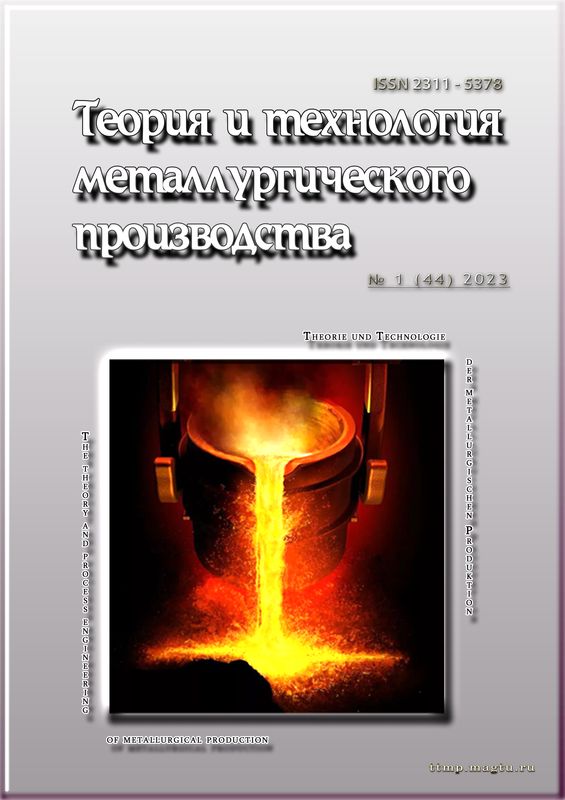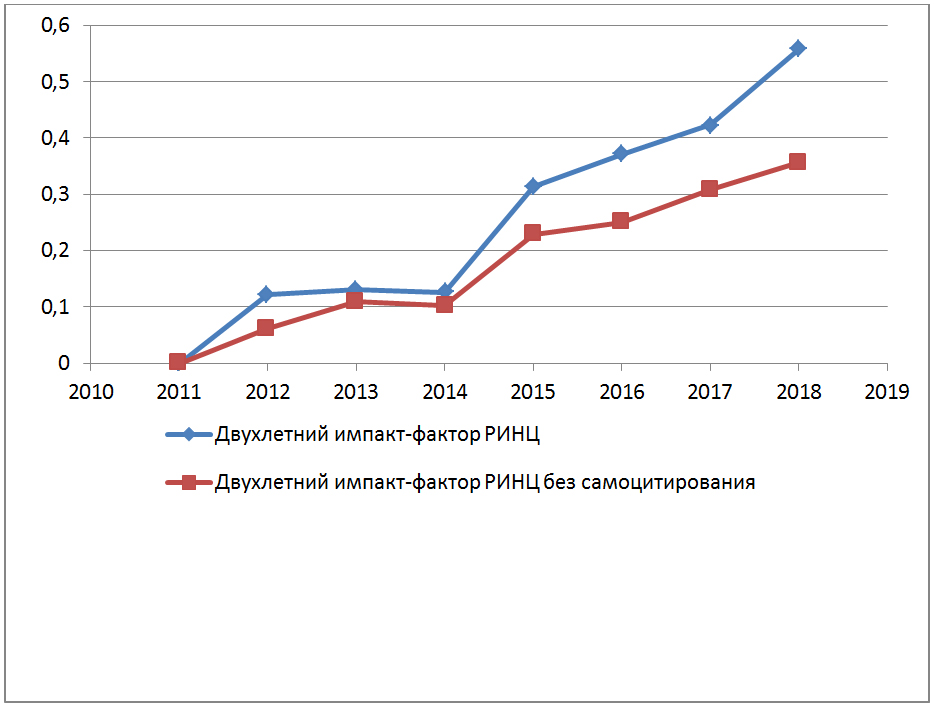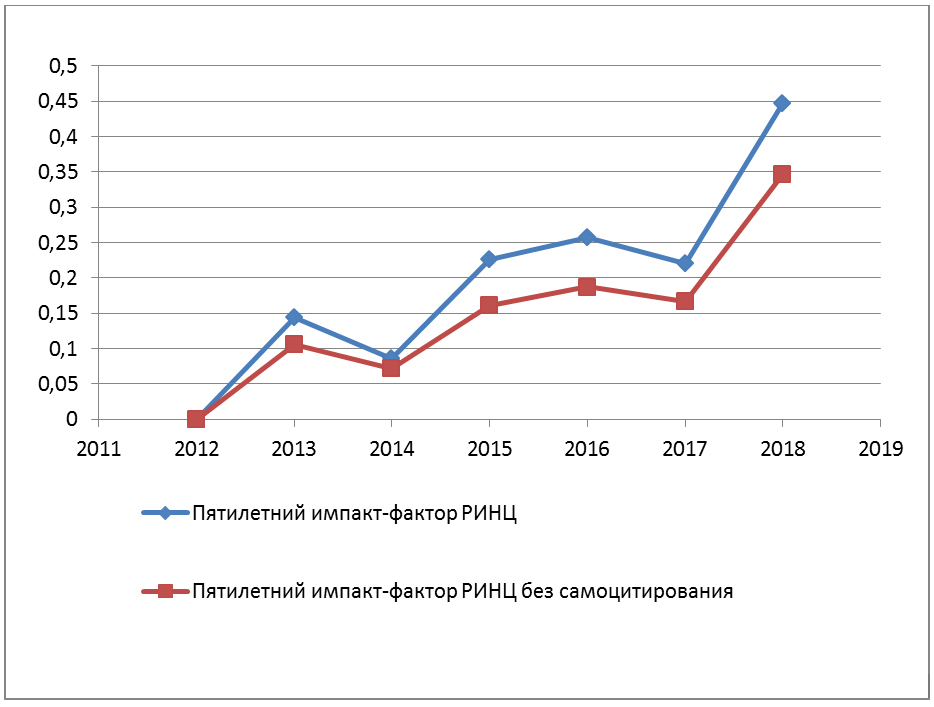Abstract
The aim of the work is to study the interaction of titanium alloy with refractory materials. Development of thermochemical resistant ceramic crucible composition for melting and casting of titanium alloy. The technology of manufacturing crucible lost wax model.
Reactions of interaction of liquid titanium alloy with refractory oxides by calculation of Gibbs energy. Silicon dioxide (SiO2) dissociates and interacts with a titanium alloy at a temperature of 1400 °C. Oxides of aluminum, yttrium, zirconium are resistant to interaction with a titanium alloy. The Gibbs free energy of possible reactions has a positive value. The experiment proves theoretical calculations. Between the liquid titanium alloy and silicon oxide is an intense interaction. There is no interaction between titanium melt and aluminum oxide.
For melting titanium alloys is advisable to produce crucibles based on Al2O3. The binder refractory slurry for forming the crucible was alumetal. The filler suspensions is a powder fused with reinforcing additives. . The dependence of the conditional viscosity of the refractory suspension on the ratio of binder and filler is determined. The optimal values of the conditional viscosity for the formation of refractory layers are proposed. The dependence of the crucible strength on the number of introduced hardening additives and the temperature of calcination is established. Sufficient strength is provided by the introduction of additives up to 3 % and the crucible piercing temperature within 1400...1600°C.
Keywords
Ceramic crucible, alumozol, titanium alloy, heat resistance, thermochemical resistance.





